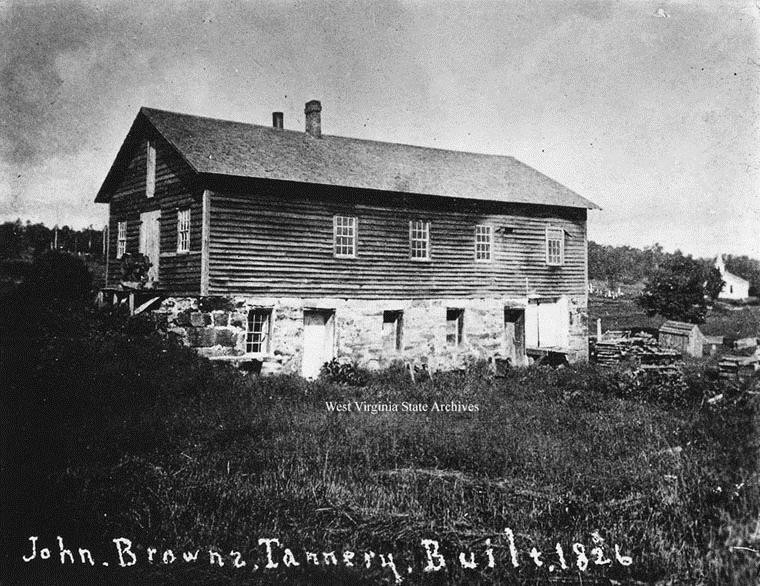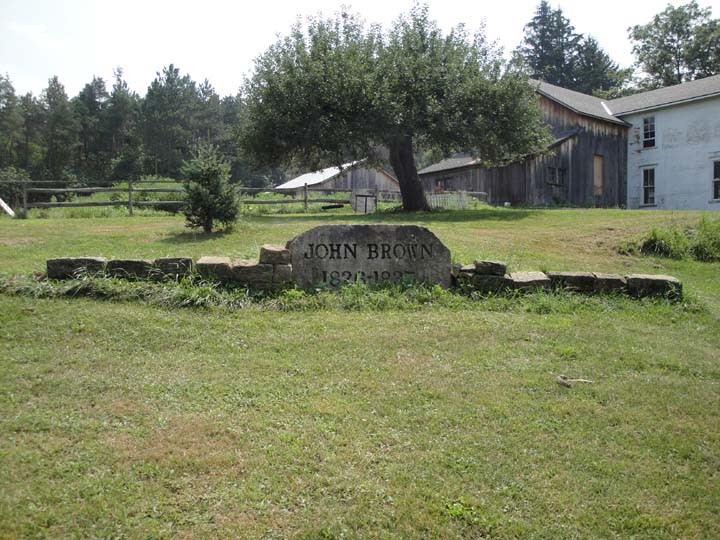John Brown Farm, Tannery, and Museum
Introduction
Text-to-speech Audio
Images
A photo that shows the remains of the tanner on the site of the farm.

A photo taken during the time of John Brown, that shows what the tannery originally looked like.

A sign commemorating the life of John Brown.

A colored photo of the tannery's original structure.

Backstory and Context
Text-to-speech Audio
Brown moved from Hudson, Ohio to Crawford County, Pennsylvania in 1825. He purchased 200 acres of unimproved wilderness and cleared just enough to build his tannery, barn and home for his wife and children. Eventually, the tannery came to employ up to 15 workers. Brown also served as a surveyor and postmaster for New Richmond Township. Financial issues forced Brown to sell the tannery and land in 1835. He then moved to Franklin Mills, Ohio. The tannery then served as a creamery, cheese and jelly factory, gristmill, and residence before being destroyed by fire in 1907.
Brown's first wife, Dianthe, who died in childbirth in 1832, and two of his children are buried on the site. Soon after Dianthe's death Brown married the daughter of a local Blacksmith named Mary Ann Day. She would go on to bear him 13 children.
While Brown did go on to help fugitive slaves to freedom in both Springfield, Massachusetts and North Elba, New York it is unknown whether he did so while living in Pennsylvania. The small museum located near the remains of the tannery is devoted to Brown's life while living here and contains historical artifacts and exhibits.
Cite This Entry
Converse, Michael and Steve Tinker. "John Brown Farm, Tannery, and Museum ." Clio: Your Guide to History. December 9, 2016. Accessed July 26, 2025. https://theclio.com/entry/11025

